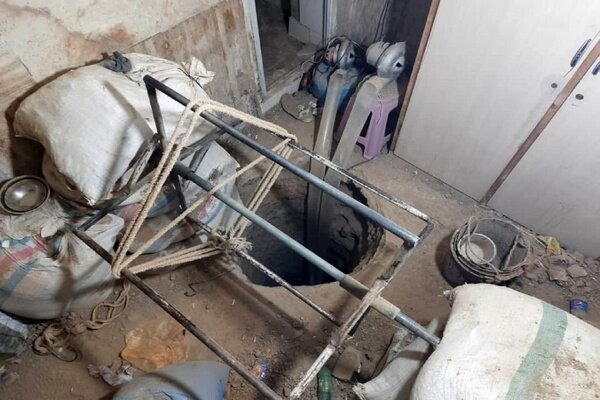Traces of Seljuk walkway unearthed by unauthorized diggers

TEHRAN – Iranian authorities have recently discovered parts of a brick pavement and some historical relics dating back to the Seljuk era (1037–1194) from an illegal excavation in a house located in Tehran, a senior police official in charge of protecting cultural heritage has announced.
An illegally excavated well-revealed objects, including earthenware and bricks used for pavements, ILNA quoted Mojtaba Nuri as saying on Tuesday.
The possible dangers arising from the accumulation of deadly gasses were investigated in the presence of firefighters because of the depth of the tunnel, which is 30 meters long, the official added.
The person who was present during the illegal excavation was arrested and the house owner is currently on the run, he noted.
Seljuks, also spelled, Seljuqs, were a ruling military family of the Oguz (Ghuzz) Turkic tribes that invaded southwestern Asia in the 11th century and eventually founded an empire that included Mesopotamia, Syria, Palestine, and most of Iran. Their advance marked the beginning of Turkish power in West Asia.
The first time Tehran is mentioned in historical accounts is in an 11th-century chronicle in which it is described as a small village north of Rey.
Rey, in which signs of settlement date from 6000 BC, is often considered to be Tehran’s predecessor. It became the capital city of the Seljuk Empire in the 11th century but later declined with factional strife between different neighborhoods and the Mongol invasion of 1220.
Tehran has many to offer its visitors including Golestan Palace, Grand Bazaar, Treasury of National Jewels, National Museum of Iran, Glass & Ceramic Museum, Masoudieh Palace, Sarkis Cathedral, Tehran Museum of Contemporary Art, and Carpet Museum of Iran, to name a few.
ABU/AFM
